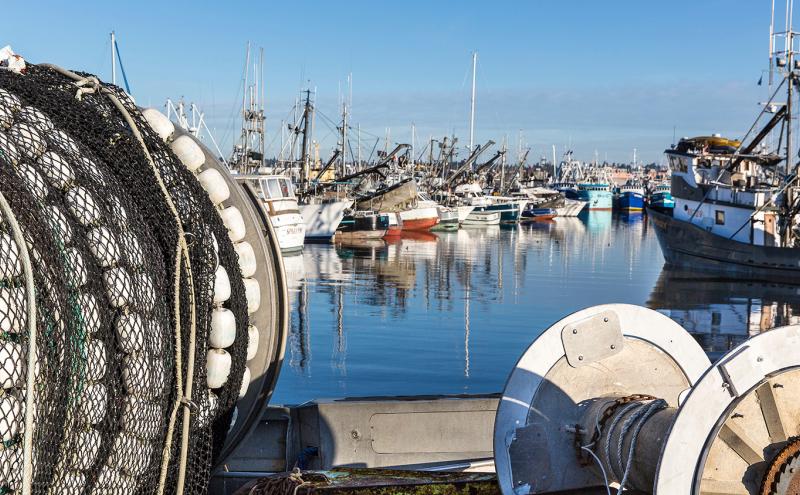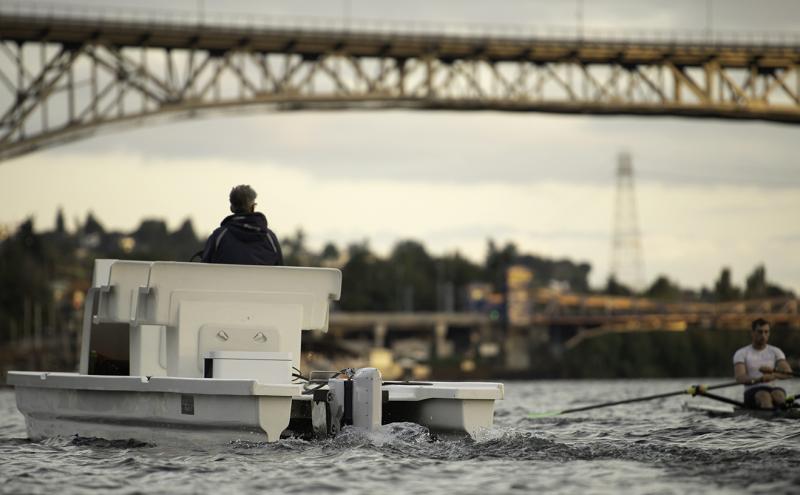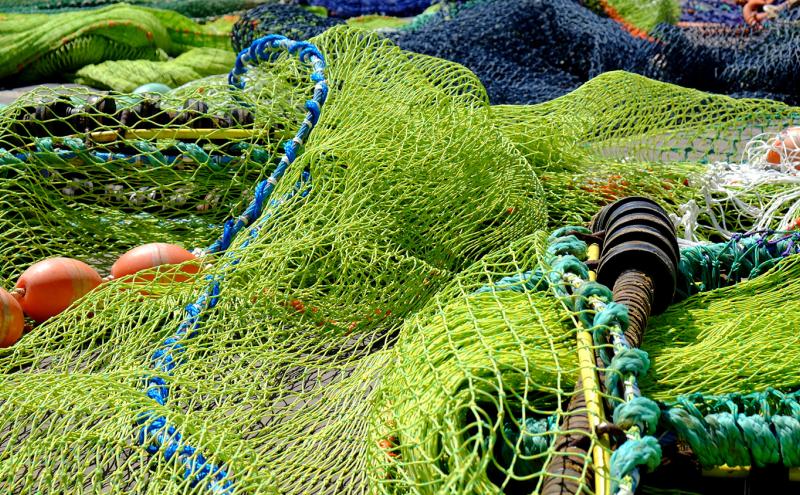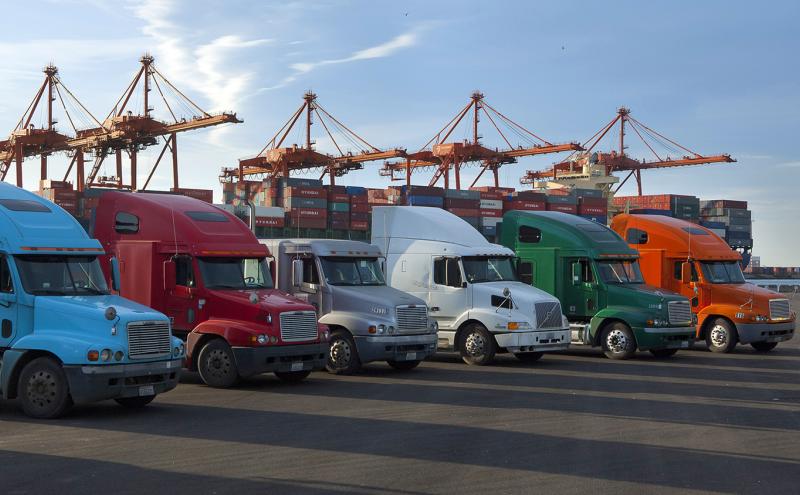
Washington Maritime Blue, the Port of Seattle, and WeWork Labs have partnered to launch Washington’s first maritime accelerator to help maritime companies innovate and grow. New ideas in one of the most traditional sectors in Washington are critical for a thriving economy and to protect our planet, precious natural resources, and ocean life.
This series showcases the 11 companies participating in the inaugural cohort. These companies worked for four months out of WeWork Labs’ Seattle location with mentors and advisers to help navigate challenges. In April, the startups shared their innovative solutions in a Virtual Showcase.
Bati Tola spent years running logistics and product distribution for major companies like Nike and T-Mobile. Working with the drayage industry, he managed the movement of product from port to warehouse, and saw opportunities to improve an often inefficient and fragmented system.
Drayage is defined as short-term and local moves of cargo and goods between ports and end destinations like warehouses or terminals, generally within a local geographic area and often as part of a larger move. The term originated from the name of the sideless cart (a “dray”) pulled by a “dray horse,” and limited to short hauls due to the physical limitations of a working horse. (source: Wikipedia)
“I saw the challenges and difficulties firsthand as a customer and noticed the lack of technology in this space. There was a lack of transparency, visibility of data, and knowing what containers are where once the order is created. Endless emails, phone calls, and paper consumed a lot of time and resources,” Tola said.

Building efficiency
At the beginning of 2020 Tola founded EQULL. Through its streamlined mobile app and website, EQULL instantly connects truck owner-operators with shippers and provides real time tracking information so customers can track shipments from their dashboard.
EQULL’s digital drayage process works like this:
1. A customer books a shipment
2. When a vessel arrives at the port and the container is available, drivers are matched in real time
3. The driver moves the container to a warehouse or endpoint
4. The shipment is complete when the empty container is returned to the port. The shipper receives a notification
EQULL's model promotes efficiency and sustainability by eliminating empty miles for trucks driving between ports and warehouses.
“We’re eliminating congestion around the port, which is one of our customer pain points. When a container is available, normally a truck picks it up by appointment. It sits for two to three days and you pay for storage. With EQULL's digital platform, you have fewer trucks on the road with empty miles being traveled. With our platform’s consolidation of customer supply and demand, you come in and pick up the first container available and you don’t have to do five to 10 moves to get your containers from the bottom. The consolidation has a huge impact. Through consolidation, businesses can optimize and reduce their carbon footprint.”
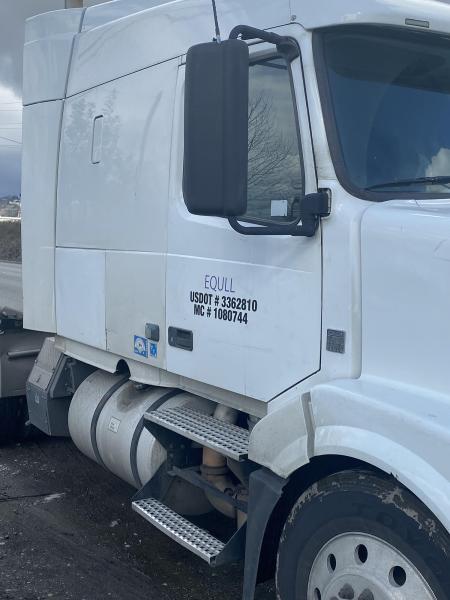
Fair earnings
Drivers told Tola the traditional drayage model left them stuck. In the drayage industry, 90 percent of drivers are immigrants who own and operate their own their trucks and contract with trucking companies, who dispatch the drivers. There was no way to make more money and no aspiration for them to grow.
“Fragmentation has created unfavorable, unlivable wages for truck owner operators,” Tola said.
Tola saw an opportunity to automate this process, eliminating the middleman, and paying fair wages for drivers. Today, Seattle-based EQULL works with over 200 owner-operators to help them connect directly with shippers. EQULL has a growing fleet of dedicated owner-operators who can only drive through EQULL’s Department of Transportation license and insurance pool.
In typical drayage models, trucking companies keep 60-70 percent of the profits from every transaction, leaving truck owner-operators with just 30-40 percent of the profits. EQULL flipped the model to give owner-operators 70-80 percent of the margin, and EQULL keeps the remaining 20-30 percent.
“I wanted to help owner-operators earn more money, and increase efficiency by consolidating trips between ports and warehouses. In the drayage industry, a trucking company can have five drivers or less. With those numbers it’s hard to match shipments with drivers and optimize empty trips.”
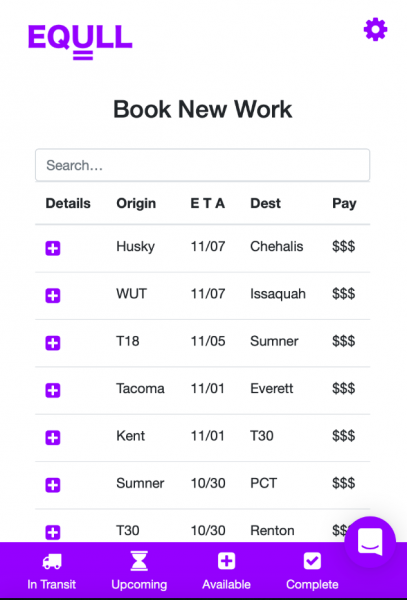
Ensuring equity
Running an equitable business was a priority for Tola from the start. When EQULL was getting off the ground, he made five owner-operators stakeholders in the business, providing opportunities to build equity in the company.
The logistics segment of the maritime industry stands out in an industry that has traditionally lacked diversity, with a high number of immigrants working as truck owner-operators.
“The trucking piece of the maritime industry is very diverse and the immigrant communities are very involved,” he said.
Growing relationships and nurturing innovation
Tola applied for the Maritime Blue Accelerator program with the hopes of making valuable contacts in the maritime industry and building relationships with stakeholders and potential customers.
“Networking was a big strength of the program. The maritime space is heavily regulated, and the Accelerator program really helped us to connect with government entities,” he said. “Customer acquisition is also a critical component and through the Accelerator, we got a lot of leverage from the port and stakeholders for visibility and exposure. Once we sit in front of customers and demo our product, they are really impressed.”
Tola said the Accelerator program creates innovation in the maritime space and facilities buy- in from stakeholders that’s changing the future of the maritime industry.
“This approach is what is needed. It’s hard to change the industry. A lot of players are involved. You have shipping lines, terminal operators, customers, and stakeholders. It’s getting everyone on the same page at a higher level. But if you have a vision of where we want to be as an industry that supports the decision-making process in an organization.”
Next steps
EQULL's digital platform went live at the end of March 2020. Since then, the company has been working on building their customer base.
“We are looking to acquire more customers that see our vision and what we are trying to do,” he said. “Over the next 12 months we want to grow our revenue and potentially raise funds to build out our products more and grow our team. We’re talking with some of the largest shipping lines about building a smart drayage platform.”
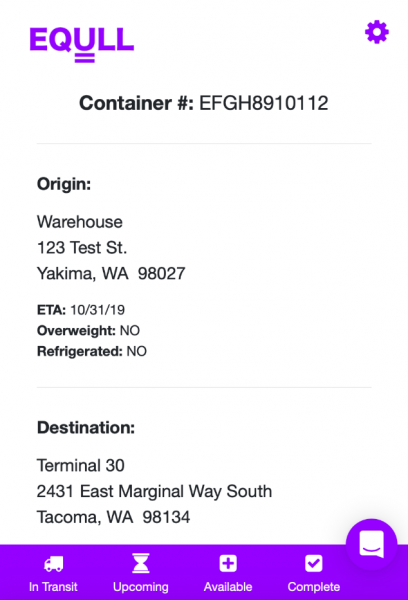
Read more about other Maritime Accelerator startups:

